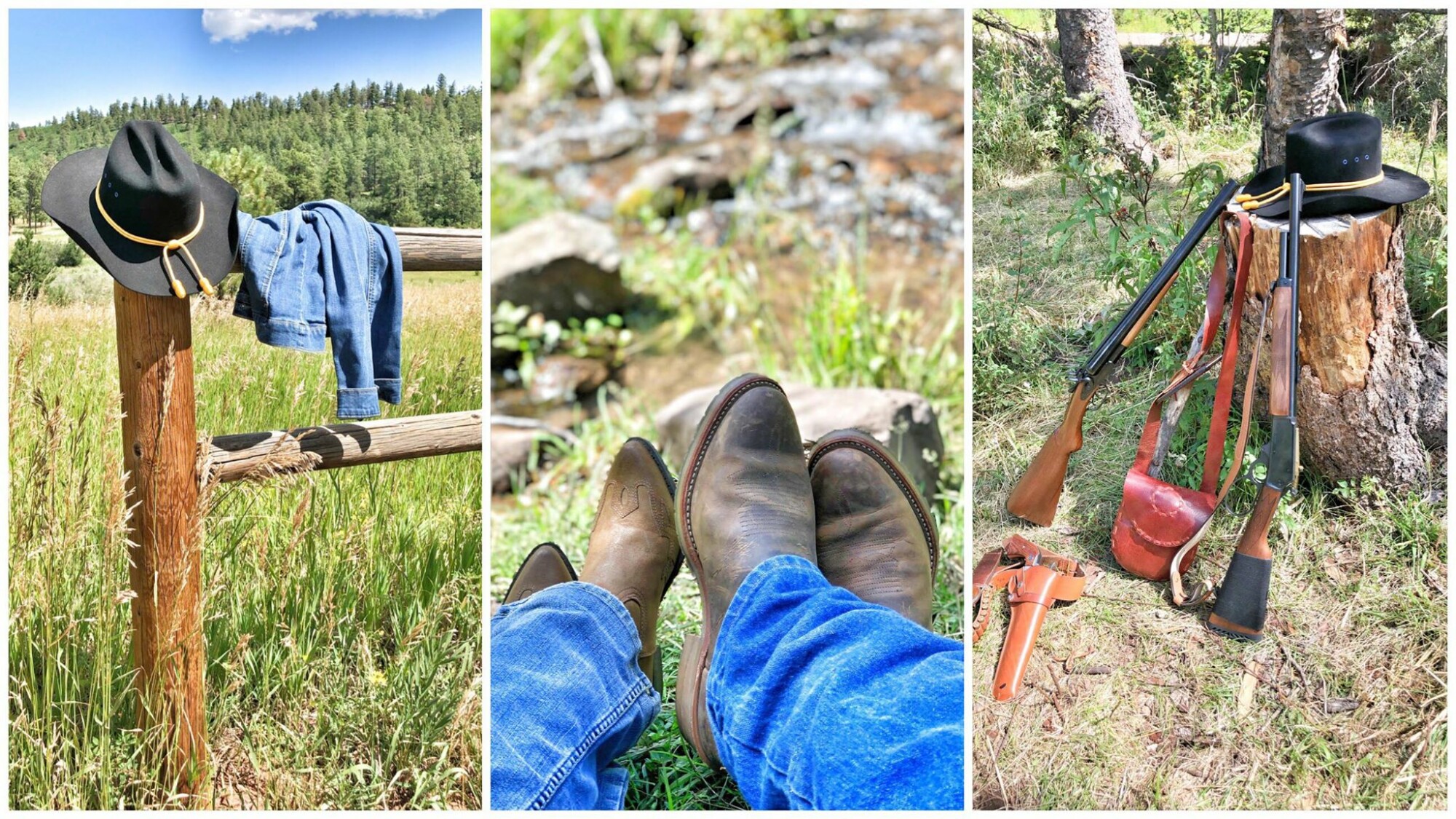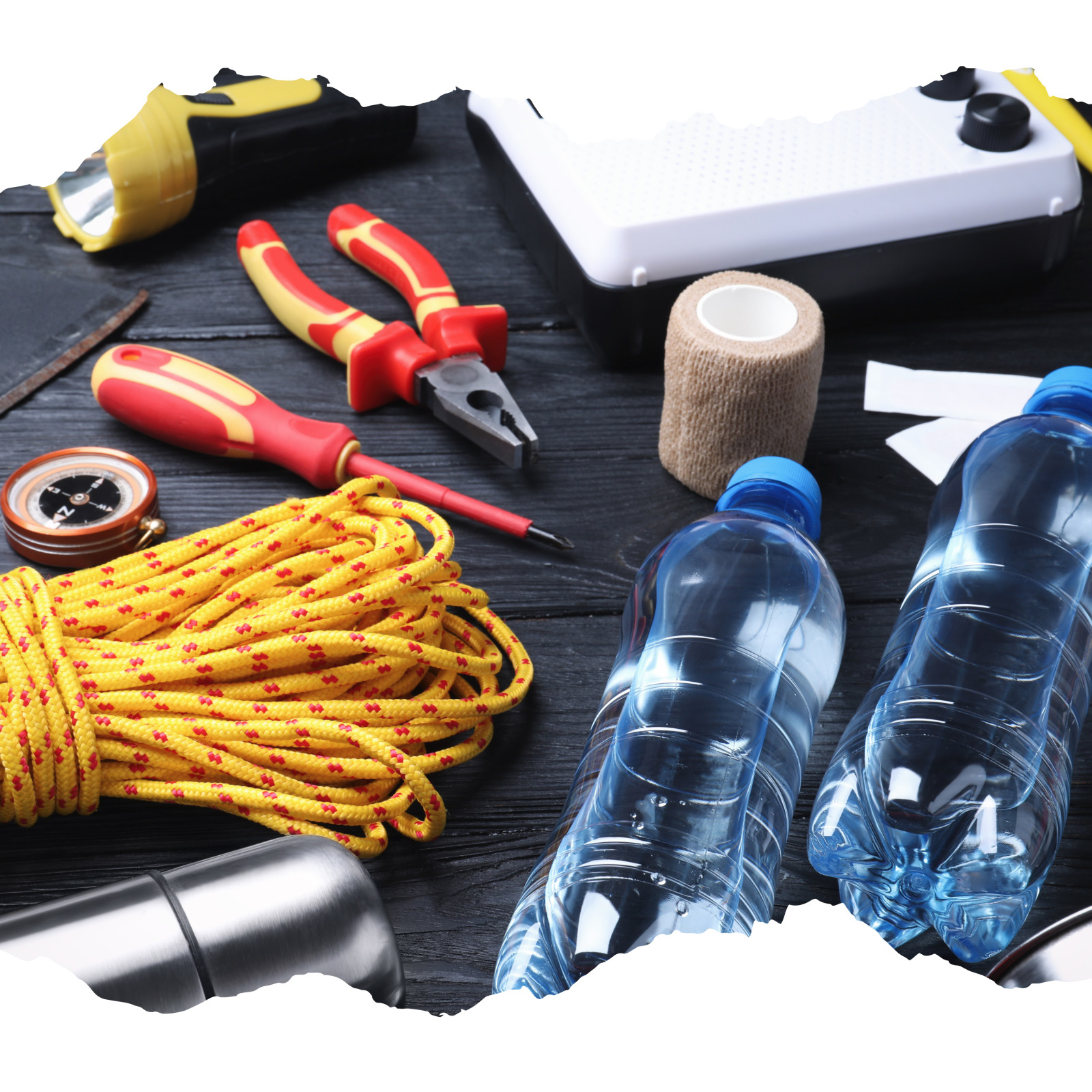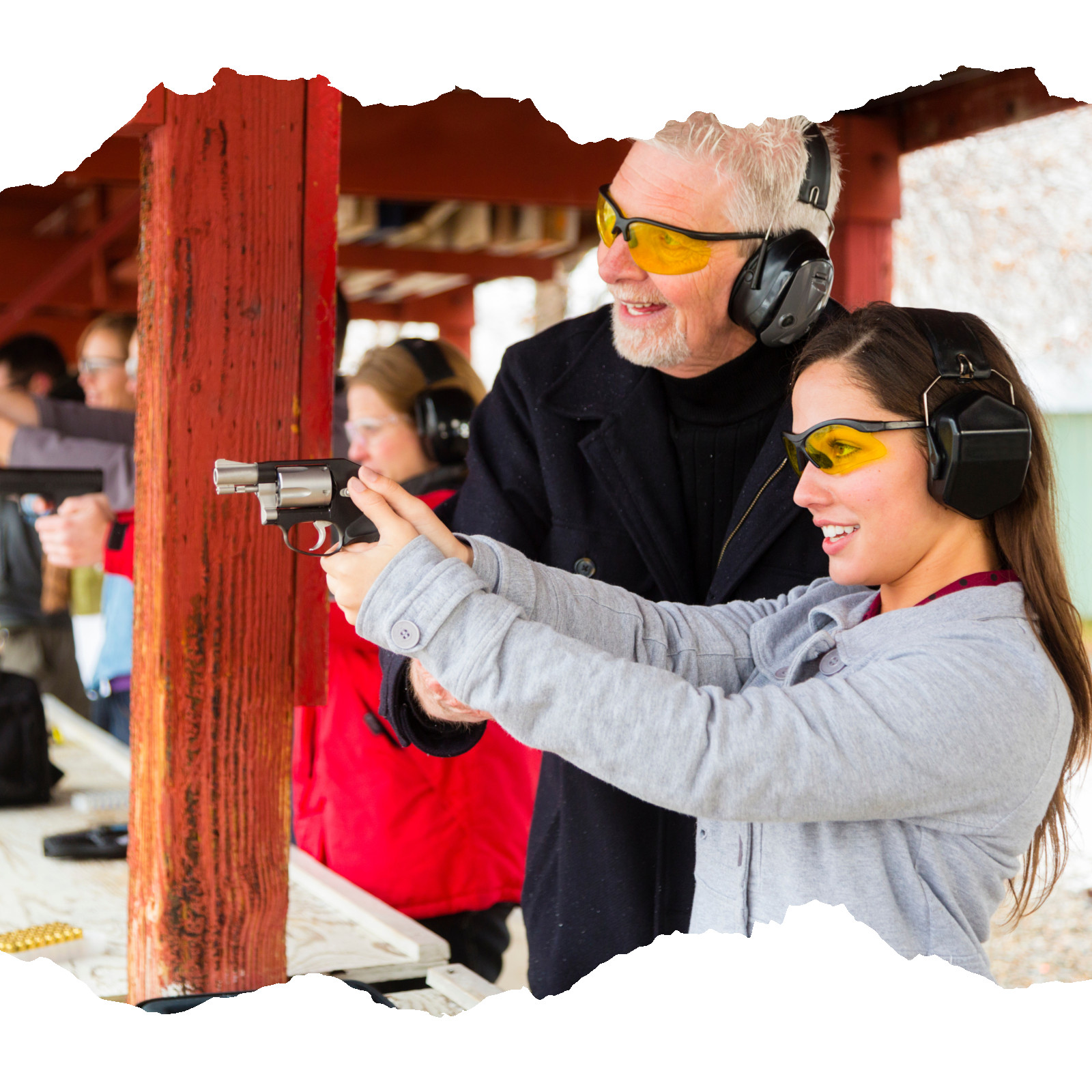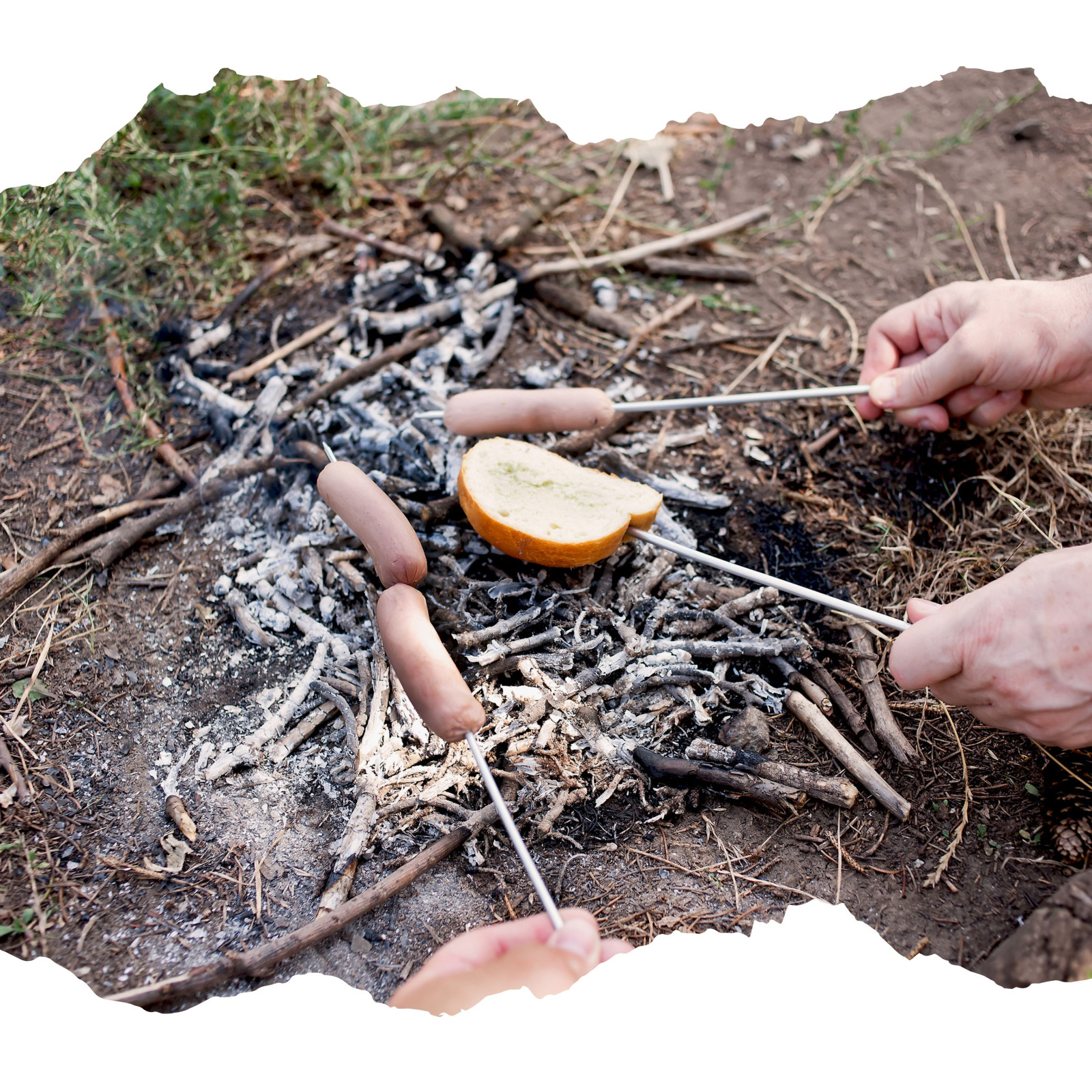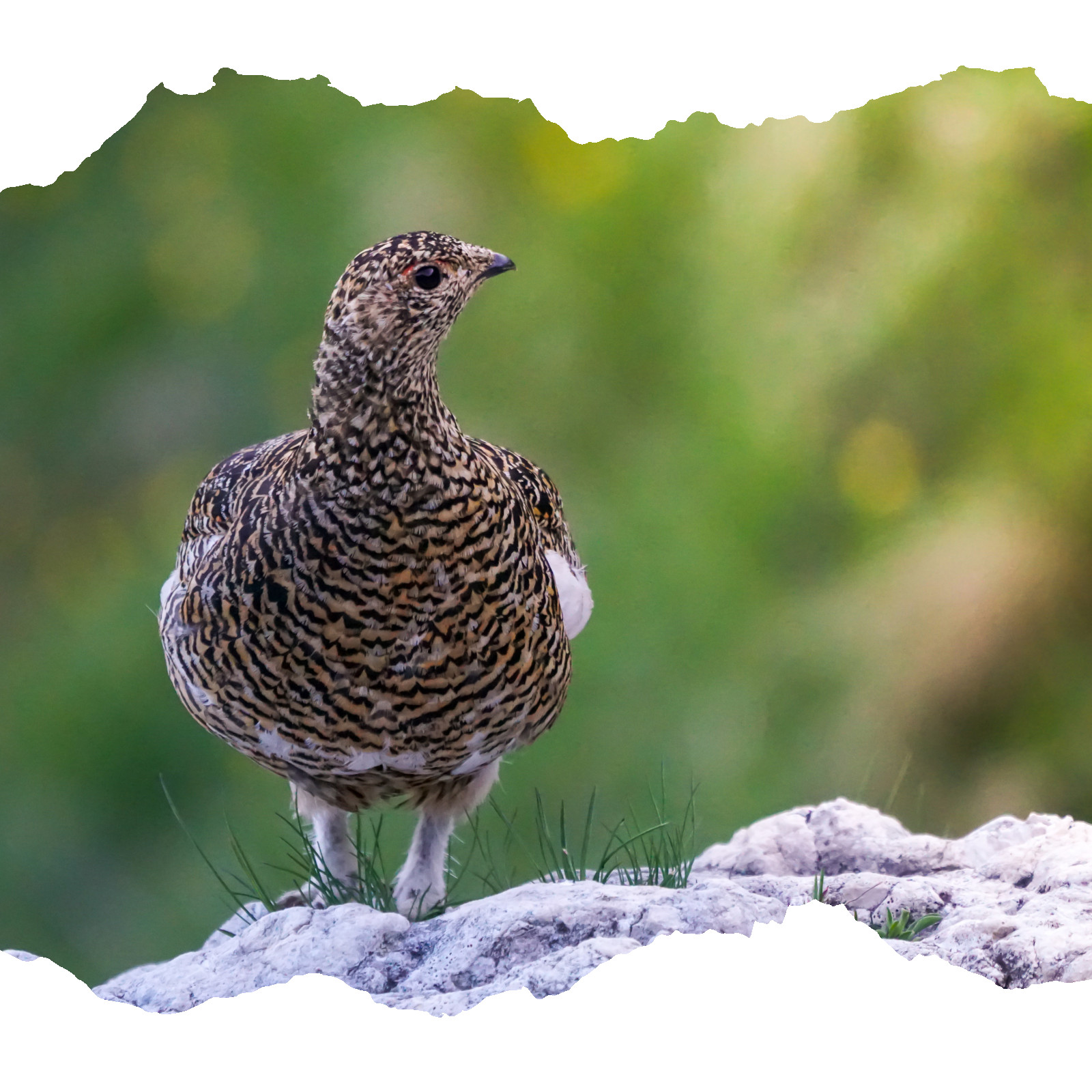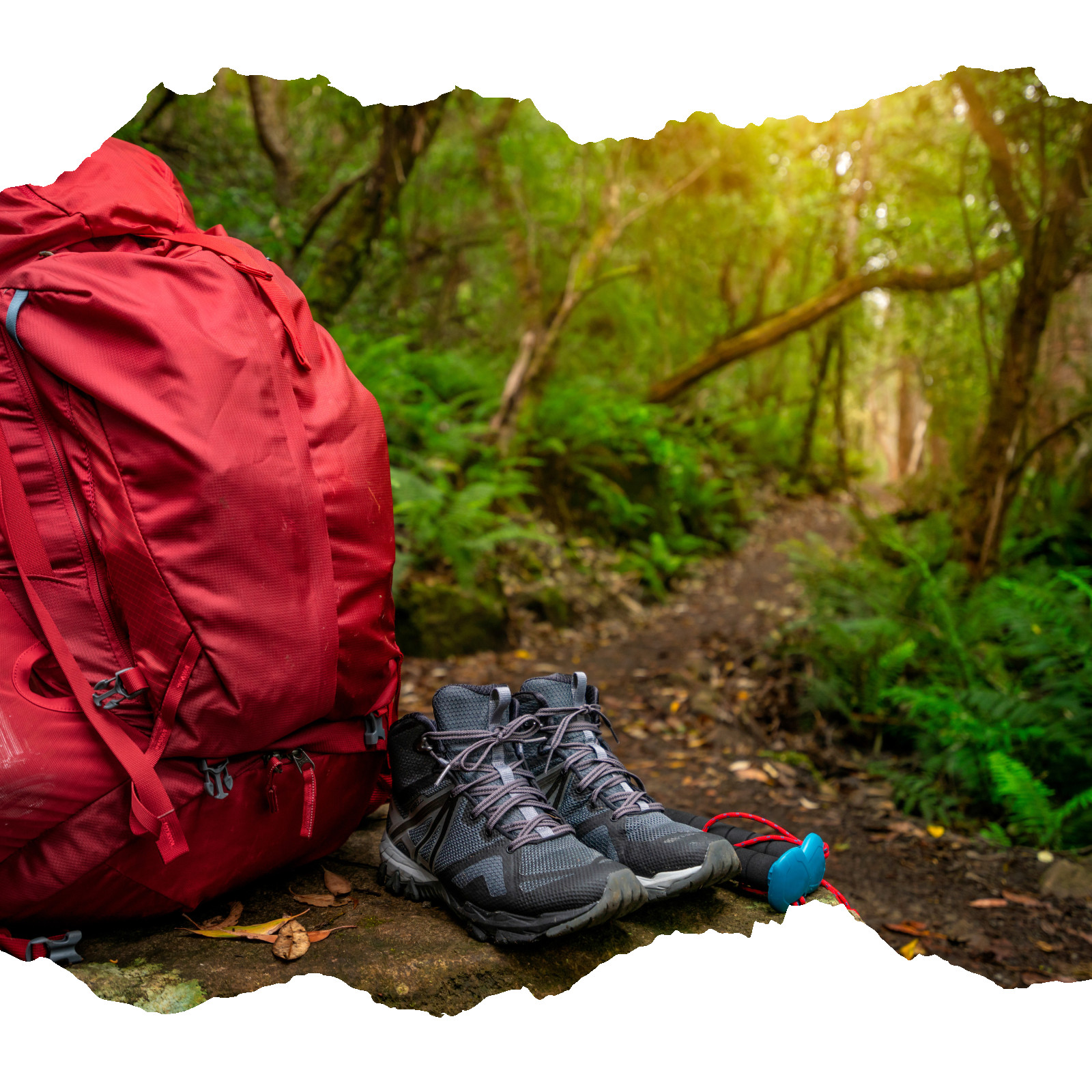
One of the running themes in our blogs is preparedness. Today I want to share a real life event with you and talk about the importance of a prepared mindset.
I’m not putting anyone on blast, not my point.
Deer season. A perfect time to get out into the woods and fields, reconnect with nature and maybe find yourself again in the process. Even people who have recently moved from more urban areas partake in a time honored tradition.
A call goes out to area entities that there is a lost/stranded hunter. It’s not any kind of desolate area, but rugged terrain. Did I mention that this call for help came in at about 8:30pm? And it’s snowing. Not heavily at first, but anybody around here that has been around awhile knows that early snow storms can get nasty, quickly.
Phone contact is made with the individual. He is able to provide a general area he was hunting in when he became “lost”. Party states he has 2% battery left on his smart phone. Ugggh.
Party is able to tell exactly where he departed from, direction he travelled, even has a very good idea of where he is in the land unit.
Party states he is cold & wet, has no way to get out of the now heavy snow or get warm. Part conveys that he has no food or water supplies.
Long story short, after an approximate 5hr effort, our lost individual is located on a little used access road that is deeply covered in thick, wet snow. Exhausted & near hypothermic, he is brought down off the mountain and is more than a little agitated that it took so long to be “rescued”.
Let’s break this down, you decide where the mistakes were made.
- Individual moved to the very rural area from a dense urban environment, hunting with a group of work buddies.
- Individual broke off from the group, went hunting alone, separate from the others.
- Even though it was Fall in the Rocky Mountains, individual was not dressed/equipped for inclement weather.
- Individual did not have any snacks or water supply.
- Individual did not have map of the area, no compass.
- Individual did have a smart phone (GPS, compass equipped) but the device was low on power.
- Individual did not have any method for making fire, no tools for making a quick shelter.
- Individual did hear the shots of other hunters/searchers looking for him, but had fired off ALL of his ammunition in initial attempts to respond.
My solution synopsis:
If you are going out into the woods with friends, STAY TOGETHER! If, for whatever reason, you are alone, make sure that someone back in civilization knows your itinerary (stick to it).
EDC. Every Day Carry. I’m not necessarily talking about your sidearm and knife. If you are out & about, and there is a possibility you may get stranded or separated from your vehicle/equipment, there are a few basic things you should ALWAYS have with you (knife, ferro rod/lighter, water).
- Knife – a quality knife is a must. However, better something than nothing.
- Ferro rod/lighter/stick matches – a ferro rod is a valuable commodity, but one you need to learn to use. Anyone can learn to use a Bic lighter.
- Water – you can only live 3 days without water.
- Shelter/survival blanket/reflector
Technology is a great thing, but is designed to fail. Most smart phones have functions for GPS/compass, or you can download an app. LEARN HOW TO USE THEM! If you are going to rely on this type of tech, make sure you have the device charged or the means to charge it in the field. (solar chargers are great) A basic nav compass (like $8) never needs charging, and are simple to use.
Follow your animal instincts. Get out of the weather, however you can. This individual actually fell asleep (early stage hypothermia) out in the storm, furthering his heat loss. Learn some basic survival skills (STOP= Stay put, Think, Organize, Plan).
Never use all of your ammunition in attempting to signal others. You might very well need to use it in obtaining food in the event it takes a while to get to you.
Hit me with your thoughts……..
*We will receive a small commission when you buy through the links found in our blogs. FYI, it doesn’t cost you anything extra, but it does help fund our site.

Tuesday night has become crockpot night in our house. Brandon is on duty and I (Angela) have meetings. So rather than having a super late supper that I have to rush to put together after my meetings, I turn to the crockpot.
I do believe we have found a favorite. At least if you ask Brandon. In fact I believe he even referred to this meal as a spiritual experience. It’s some seriously good stuff y’all! And keto friendly, if that’s your thing.
So without further adieu (because I had lengthy recipe blogs. If I came for the recipe, please just give me the recipe), I give you Slow Cooker Cheese Stuffed Meatballs.
Recipe Name

Equipment
- Slow Cooker
Ingredients
- 1 lb ground hamburger meat
- 1 lb ground sausage
- 1/2 cup bread crumbs
- 2 large eggs
- 1 tsp salt
- 1 tsp garlic powder
- 1 tsp onion powder
- 1 tsp dried oregano
- 1 tsp dried basil
- 4 oz cheese of cubed Gouda cheese (or cheese of choice) Know that if you choose Mozzarella, most of it will ooze out rather than stay inside the meatballs
- 1 Tbsp olive oil
- 1 jar favorite marinara sauce We like Prego
Instructions
- 1. In large bowl, combine hamburger, sausage, bread crumbs, eggs, salt, garlic powder, onion powder, oregano, and basil.2. Mix well, but don't over mix.3. Form into 16 meatballs. Press one cube of cheese into each meatball and seal well.4. Heat oil in skillet, over medium. Brown meatballs (they will not be fully cooked). This usually takes me a couple batches to get them all.5. Pour half the jar of marinara into the bottom of the slow cooker. Add meatballs and top with remaining marinara.6. Cook for 3 1/2-4 hours on low.7. Enjoy with your favorite veggies!Note: You can make extras and freeze them. This makes for a super easy meal on a busy night, or even a snack or lunch.

Bushcraft has been the topic of conversation in our blogs lately. So we thought we should address what it takes to live this type of lifestyle.
What is mindset?
The dictionary defines it as: 1) a fixed attitude, disposition, or mood; 2) an intention or inclination.
So, what does mindset have to do with bushcraft?
In bushcraft, you want things simple. Your mindset must be set to a minimalistic attitude in order to do this. This world has become so accustomed to having things immediately and having them now. If you’re constantly thinking about the big, expensive, high tech things, we negate that whole mindset. $600 Springfield M6 O/U shotgun? Nah, we’ll go with the $150 NEF single shot & adapters.
The society we live in today says it’s ok to not work for things. It says it’s ok to find the fastest, easiest way to our goals. And that’s if we have goals at all.
You must set an intention and be willing to work toward it. In order to live a more simple way of life, you often have to put more physical work into it. The “I want it all and I want it right now” mindset won’t work.
Pre-planning and forethought is a must. You must know how to use all your tools and techniques. Just having them won’t work. Develop a growth mindset and be willing to learn new things.
That being said, you must also accept that there will be failure and be ready to adjust as necessary. In other words, have back up plans for your back up plans.
Keeping a positive attitude will carry you far. Be willing to adjust your plans as needed and look for alternative ways to achieve your end goal. Be ready to put some work into it. Remember great things don’t come easy.
So, think you’ve got what it takes to live a bushcraft lifestyle? Ready to join us in the simpler way of life? Subscribe to our newsletter to stay up to date on all our latest and greatest!
*We will receive a small commission when you buy through the links found in our blogs. FYI, it doesn’t cost you anything extra, but it does help fund our site.
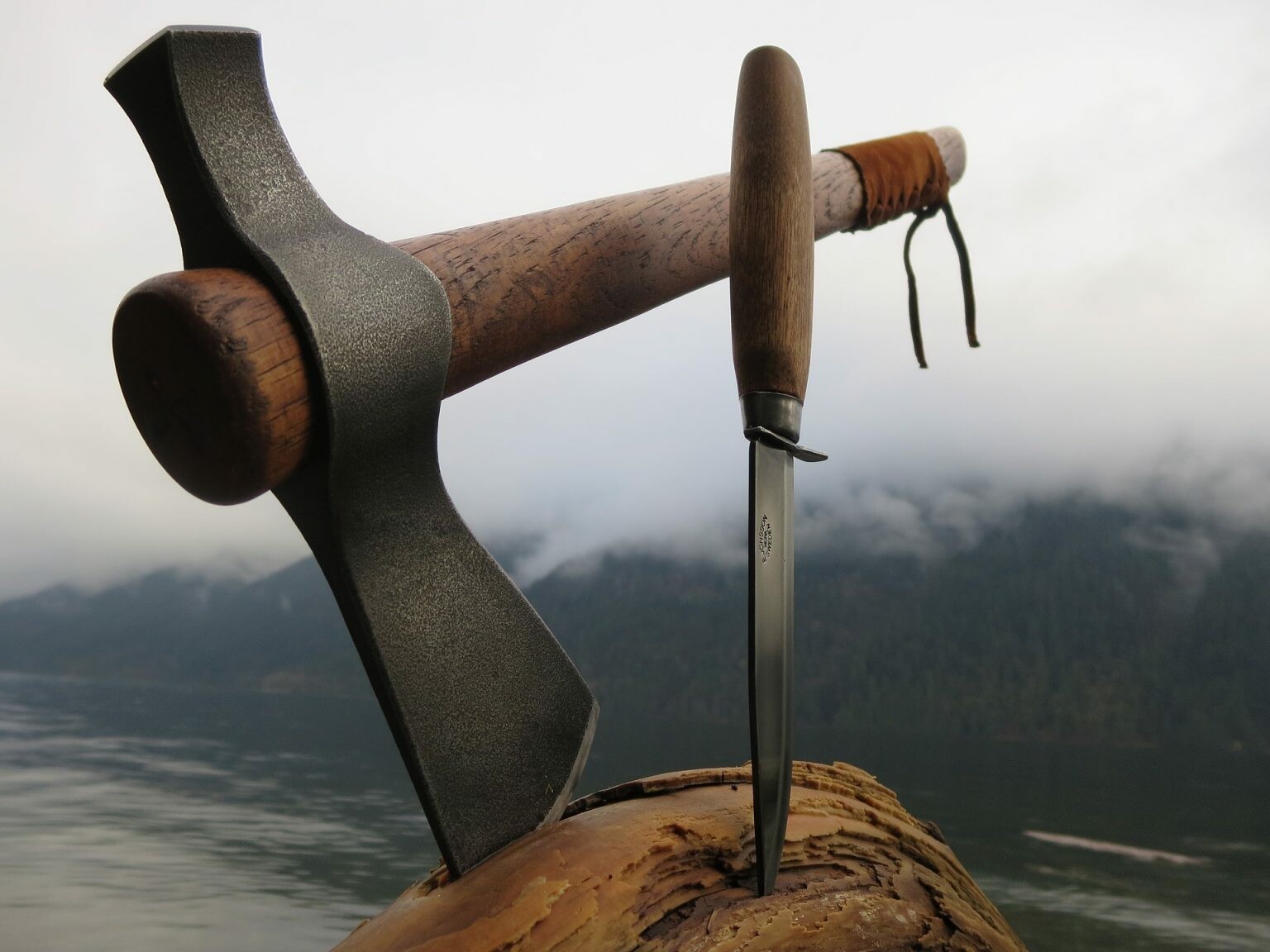
One of the first things I ever learned in the bushcraft arena is that your knife is probably the single most important tool to have. Using your knife you can collect & prepare shelter material, collect & process food sources, create fire and make other tools.
Needless to say, our cutting tools are very important, hence why they are one of the 5 Cs.
Knives
A fixed blade knife 4”-6” should be top of the list in this category. The blade should be flexible but not so thin as to be easily breakable. Your belt knife (EDC) should also have a 90 degree spine edge to be of best use with a ferro rod or for processing wood fiber. Stainless steel blades or corrosion resistant coated blades are usable, and obviously resist rust and corrosion, but they can hinder you a bit also. A stainless blade is harder to sharpen, and sometimes will not work as well with ferro rods. The same applies to a coated blade, you need to get the coating off the edge to maximize potential. A little more care care is required in a true high carbon steel blade (oiling, honing, etc) but I think it’s a good trade-off. Think back to your Grandma’s kitchen cutting block…..What was in it?
Saws
A saw is extremely useful in our craft, for two primary reasons. Firstly, less energy needs to be expended in a sawing motion during an operation like processing larger fuel. Secondly, more accurate cuts can be accomplished and less finishing work is needed to a cut end.
There are countless brands and types of folding saws out on the market, or you can fashion your own.
Axes/Tomahawks
Let’s all admit that when we think of outdoorsmen or our mountain man ancestors, one of the first images that comes to mind is either an axe or a tomahawk. The reason is simple. In the course of human evolution and development, the stone axe was probably the second cutting tool we ever developed.
An axe with a handle approx. 28” in length with about a 3lb head is perfect for felling and wood processing. This size of tool is very efficient in helping prepare and improve a camp. No need to go all Paul Bunyon!
The tomahawk as we know it today is really just a modern interpretation of those first stone axes our ancient primitive ancestors created. Small and light, with a narrow cutting face, the tomahawk lends itself to finer cutting work, and even food processing/skinning if you remove the head from the haft.
Machetes/Specialty blades
Machetes, parongs, kukri, etc all have a place for use. The thing to remember here is basically the terrain you’re in, and the most likely needed uses of the blade. A 2.5lb kukri blade is not going to be my best choice for skinning out and prepping a rabbit. Conversely, my 5” bushcraft knife wouldn’t exactly be the first choice for hacking through jungle thickets.
Basically, the right tool for the job is the rule here.
Whatever cutting tools you pick, make sure they are of good quality, and remember to keep them sharp and oiled.
*Be sure to click on the headings for products mentioned. As an Amazon affiliate, I will receive a small commission when you buy through these links. FYI, it doesn’t cost you anything extra, but it does help fund our site.
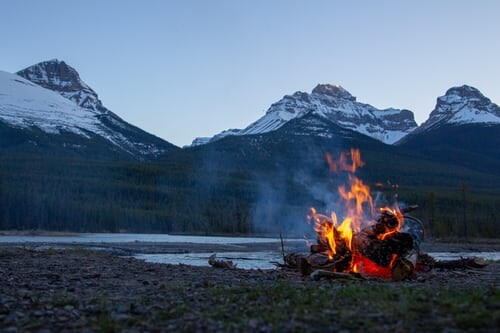
One of the hallmarks of human evolution is our learning to harness, create and control fire.
From providing warmth for comfort, all the way to facilitating the creation of metal tools, fire is one of the most important items in our tool chest.
In the recent past of outdoors activities, there has been a back and forth concerning fire making/fire use. The 80’s & 90’s saw a shift in the fire attitude, leading people away from open fires to liquid fuel camping/backpacking stoves or solar oven cooking. Concerns of fire danger & eco protection were all the rage, and a boom in these types of heating and cooking methods occurred.
All of these notwithstanding, there is most definitely a place and a need for actual fire, and therefore a need for us to know and practice multiple methods for creating it.
Stick Matches
The classic method of my Boy Scout fire making days (successfully starting a fire using only one match), this is the go-to and most often thought of when people talk fire making. The only real issues with this method are strike on box vs strike anywhere (thank you to whichever safety freaks out there have made it nigh impossible to find the latter anymore) and the fact that you may at times find them difficult to keep dry.
Cigarette Lighters
We’re talking the butane style, not the USB rechargeables. I’m not saying that the USB type are not useful, but in all honesty we’re out in the woods and trying to get away from being technology dependent!
One of the really cool things about this type of fire starting source is that even if/when the fuel is expended, the roller can still be used to throw sparks.
Ferrocerium Rod
Ferrocerium (or Ferro) rods are made of metallic alloys that allow for very hot & intense sparks to be thrown using friction and oxygen. This is a very reliable fire starting method, and is pretty damn simple to learn.
Flint & Steel
Flint & steel (or fire steel) has bee na staple of woodsmen and bush travellers for a few hundred years. It takes a little time and practice, but it is definitely a good method to know.
Magnifying Lens
A small magnifying lens or glass can easily be used to start your fire, if you have the cooperation of Mother Nature. I mean, really, who didn’t nuke an ant pile pile with one of these bad boys as a kid?
A Word on Tinder…
You need to keep a “next fire” mentality. This means planning for your next fire, and having enough dry material to get it started. A couple things I do to be one step ahead is keeping char cloth handy, as well as some homemade fire extenders utilizing cotton balls and petroleum jelly.
We’d really love to hear your thoughts and ideas on this, let’s talk!
*Be sure to click on the headers for products mentioned. As an Amazon affiliate, I will receive a small commission when you buy through these links. FYI, it doesn’t cost you anything extra, but it does help fund our site.


